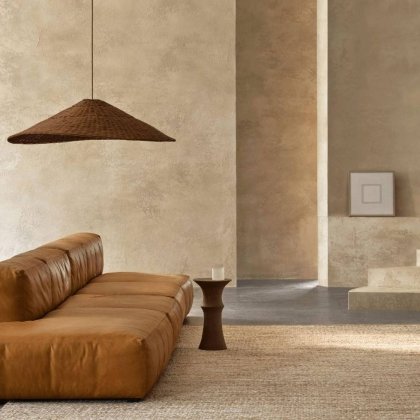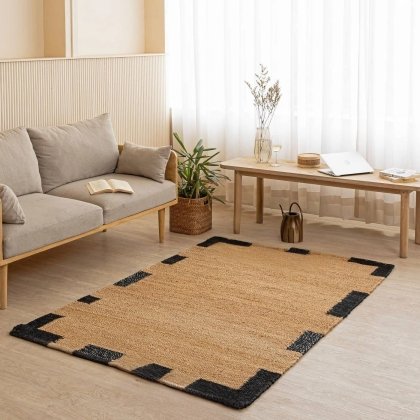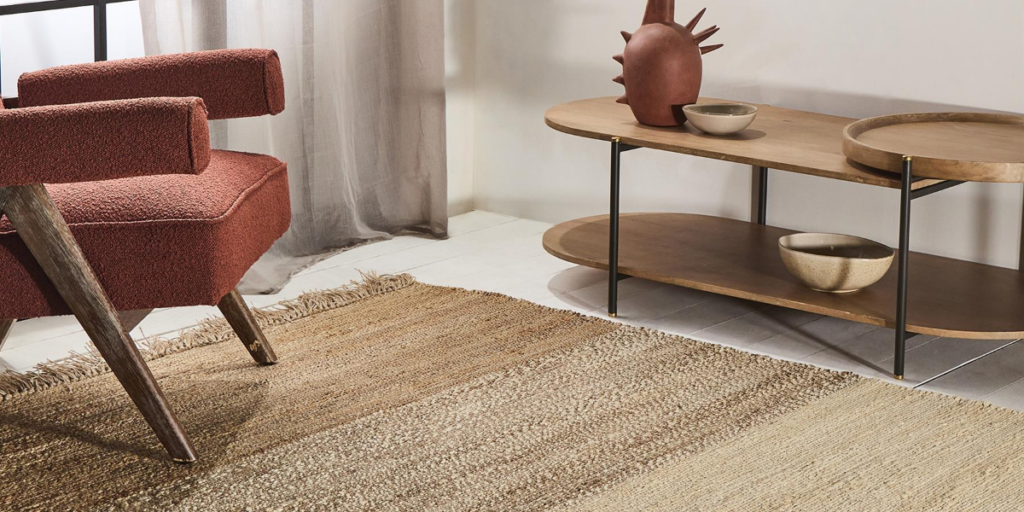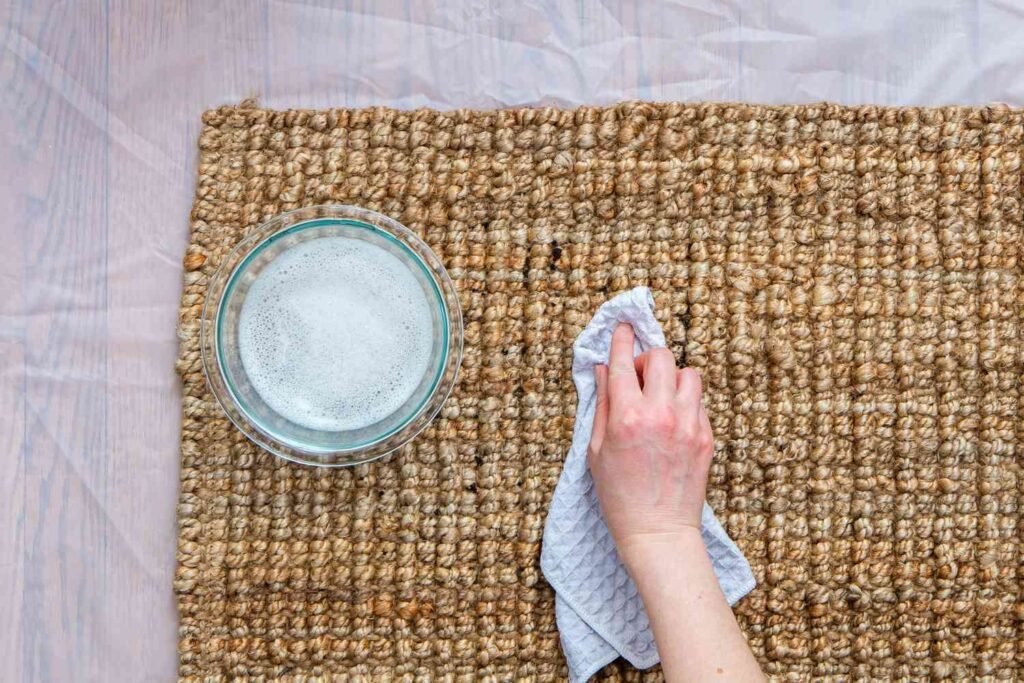Ever wondered how those beautiful, earthy jute rugs end up in your living room? The process is as fascinating as the rugs themselves! Jute rugs are made from the fibers of the jute plant, which are harvested, spun into threads, and woven or braided into rugs by skilled artisans. From the sunny fields where jute grows to the looms where it’s transformed, every step is a blend of nature and craftsmanship. In this blog, we’ll take you behind the scenes to explore how jute rugs are made, why they’re so special, and what makes them a favorite for eco-conscious homes. Ready to dive in? Let’s go
Is Jute a Good Material for a Rug?
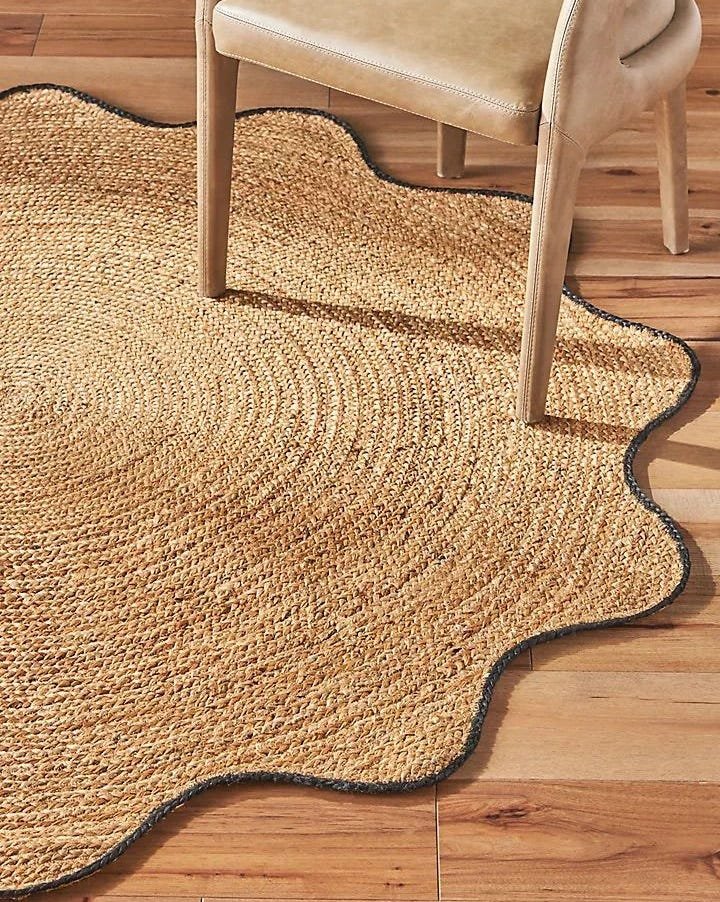
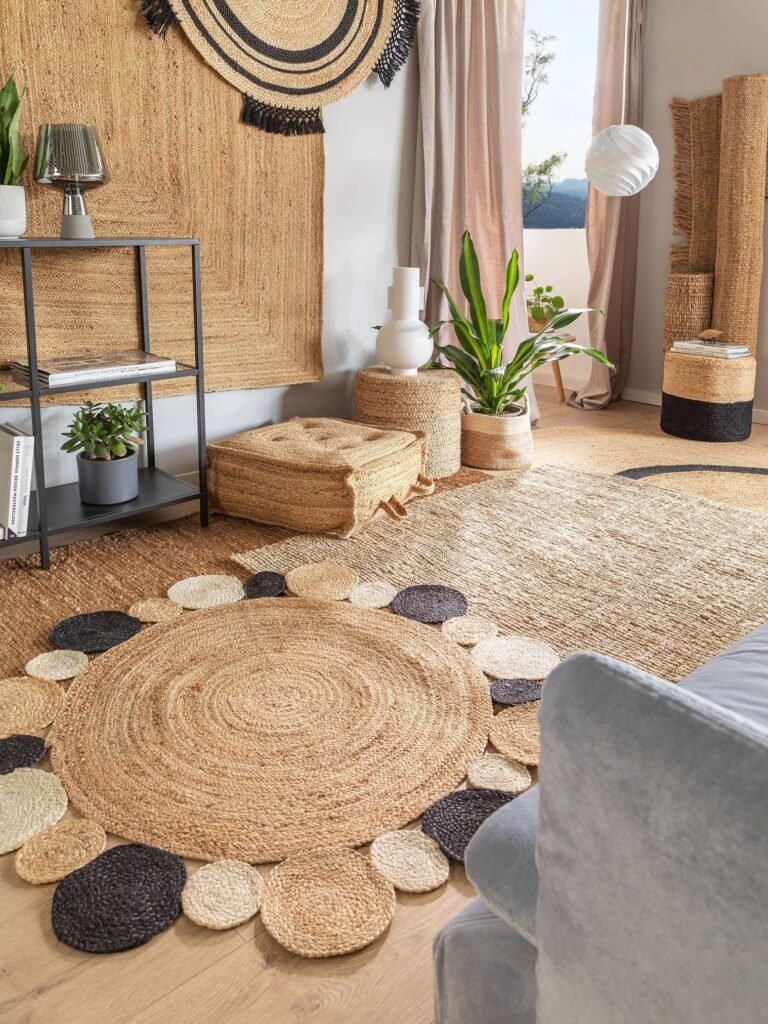
Yes, absolutely! Jute is one of the best natural materials you can choose for a rug. It’s eco-friendly, durable, and effortlessly stylish, making it a popular choice for those who love a warm, organic touch in their home.
Why is Jute a Great Rug Material?
- Sustainable & Eco-Friendly – Jute is a plant-based fiber that grows quickly without needing heavy chemicals or pesticides. Plus, it’s biodegradable, so it won’t sit in a landfill forever like synthetic rugs.
- Naturally Beautiful – Its earthy tones and woven texture add effortless charm to any space, whether you love boho, rustic, or modern decor.
- Soft Yet Sturdy – Jute is softer than some other natural fibers like sisal, yet strong enough to hold up in low to medium-traffic areas like bedrooms and living rooms.
- Budget-Friendly – Compared to wool or high-end rugs, jute offers a stylish, natural look without breaking the bank.
What Material Is Used To Make Jute Rug?
Jute rugs are made from the fibers of the jute plant, a tall, leafy plant that grows in warm, humid climates like India and Bangladesh. The fibers are extracted from the plant’s stem, which are then spun into thick, durable threads. These threads are woven or braided to create the rug’s signature coarse texture and natural, earthy look.
Sometimes, jute is blended with other materials like cotton or wool to make the rug softer or more plush. But pure jute rugs are the most common, prized for their rustic charm and eco-friendly appeal.
What Is The Process Of Making Jute Rug?
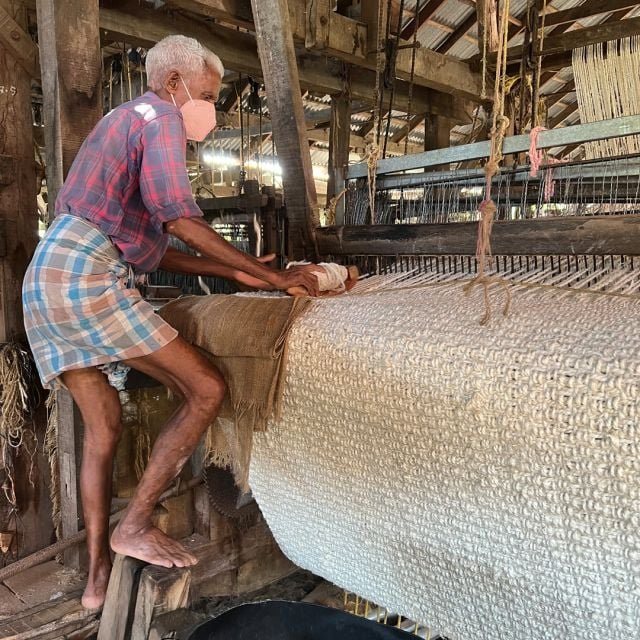
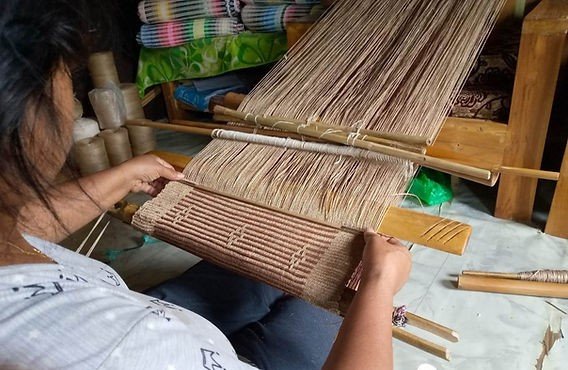
Making a jute rug is a fascinating process that combines traditional craftsmanship with modern techniques. Here’s a step-by-step breakdown:
- Harvesting the Jute Plant: Jute plants are harvested by cutting them close to the ground. The stems are then bundled and soaked in water for a few days to soften the fibers.
- Extracting the Fibers: After soaking, the fibers are stripped from the stems by hand or machine. This process is called “retting.”
- Spinning the Fibers: The extracted fibers are spun into thick, sturdy threads. These threads are then dyed (if desired) or left in their natural beige or brown color.
- Weaving or Braiding: The jute threads are woven or braided into rugs using looms or by hand. The weaving process can vary depending on the type of rug being made (e.g., flatweave, braided, or tufted).
- Finishing Touches: Once the rug is woven, it’s trimmed, cleaned, and sometimes treated with a protective coating to enhance durability.
How to Make a Woven Jute Rug?
Making a woven jute rug is a fun and rewarding DIY project that lets you create something both beautiful and functional. Whether you’re a crafting pro or a beginner, here’s a simple guide to help you make your own jute rug.
Steps to Make a Woven Jute Rug:
- Prepare the Base: Start with a non-slip rug pad or mesh canvas as your base. This will give your rug structure and prevent it from slipping once it’s finished. Cut the base to the size you want your rug to be.
- Cut the Jute: Cut the jute twine or rope into equal-length strands. The length will depend on how big you want your rug to be, but make sure each strand is long enough to weave across the entire base.
- Start Weaving: Attach one end of a jute strand to the base using fabric glue or by tying it securely. Then, weave the jute over and under the base in a simple pattern. If you’re using a mesh canvas, you can use a large needle to help pull the jute through the holes.
- Keep Weaving: Continue weaving the jute strands across the base, making sure each row is tight and even. You can alternate the over-and-under pattern with each row to create a classic woven look.
- Secure the Ends: Once you’ve woven the entire rug, tie off the ends of the jute strands securely to prevent unraveling. You can also use fabric glue to keep everything in place.
- Trim and Finish: Trim any excess jute and fluff up the rug to give it a neat, finished appearance. If desired, you can add a fabric border or decorative touches to personalize your rug.
Why Do Jute Rugs Smell?
If you’ve ever unrolled a brand-new jute rug and noticed a distinct, earthy scent, you’re not alone! Jute rugs have a natural, plant-based smell that can be surprising at first, but it’s completely normal. Since jute is made from the stalks of the Corchorus plant, it carries an organic scent—kind of like hay or burlap.
What Causes the Smell?
There are a few reasons why your jute rug might have a strong scent:
- It’s a Natural Fiber – Jute is a plant material, so it has an inherent grassy, earthy aroma that fades over time.
- Moisture Retention – Jute absorbs humidity easily, and if it’s been stored in a damp place, it can develop a musty smell.
- Packaging & Storage – Most jute rugs are wrapped in plastic before shipping, trapping odors inside. Once unrolled, the scent is more noticeable.
How Long Does a Jute Rug Last?
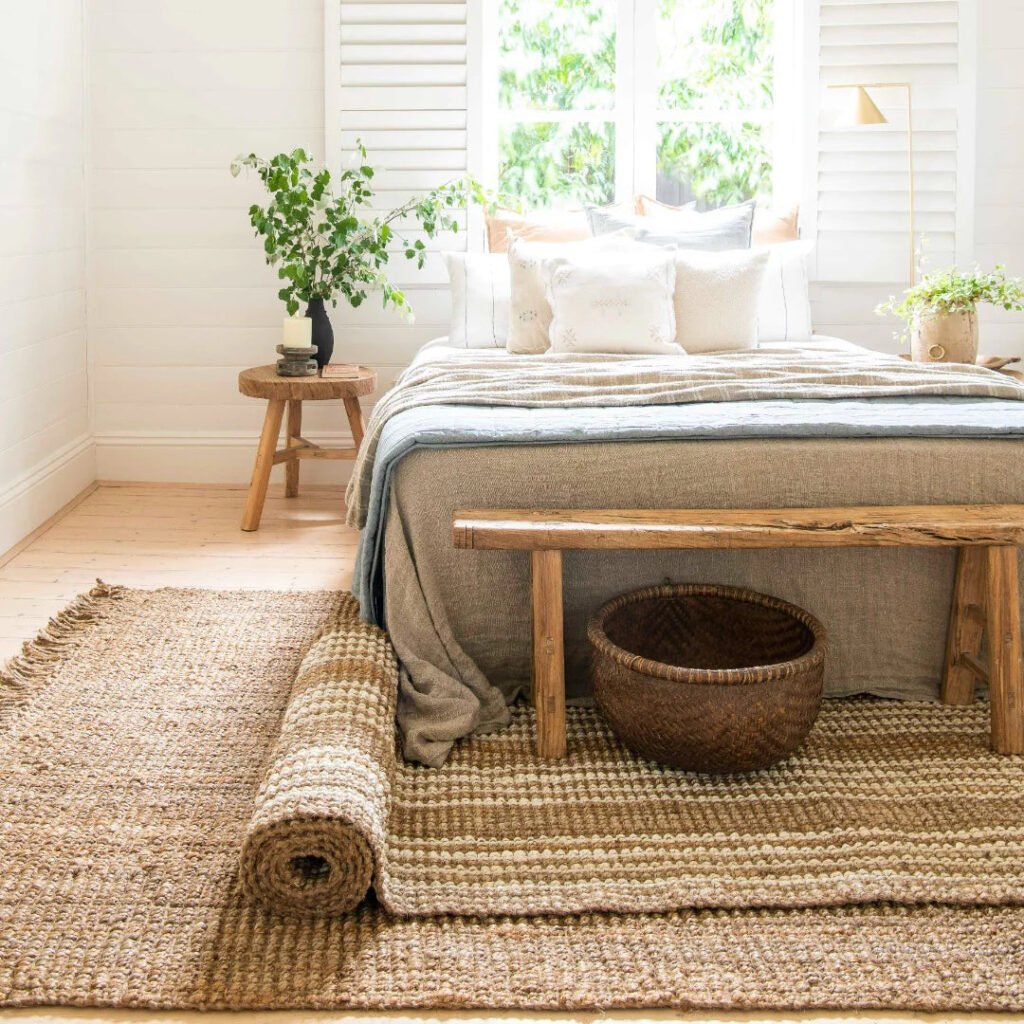
A well-cared-for jute rug can last anywhere from 5 to 7 years, sometimes even longer depending on where and how it’s used. Since jute is a natural fiber, it’s not as durable as synthetic rugs or tougher materials like wool, but with proper care, it can stay in great shape for years.
Factors That Affect a Jute Rug’s Lifespan:
- Traffic & Usage – In low to medium-traffic areas like bedrooms or home offices, jute rugs last longer. In high-traffic spaces like hallways, they may wear down more quickly.
- Moisture Exposure – Jute does not handle water well, so keeping it away from humid areas or spills will prevent early deterioration.
- Cleaning & Maintenance – Regular vacuuming (without a beater bar) and occasional shaking out will help maintain its shape and structure.
- Placement – Placing a rug pad underneath can extend its lifespan by reducing friction and preventing wear.
Wrap Up
Jute rugs are more than just home décor—they’re a perfect blend of nature, craftsmanship, and sustainability. From harvesting the raw fibers to weaving them into beautiful, durable rugs, the process is a true testament to traditional artistry. If you’re looking for high-quality jute rugs that are crafted with care, check out Jute Land. We offer a wide selection of natural, stylish, and sustainable jute rugs to bring warmth and character into your home.
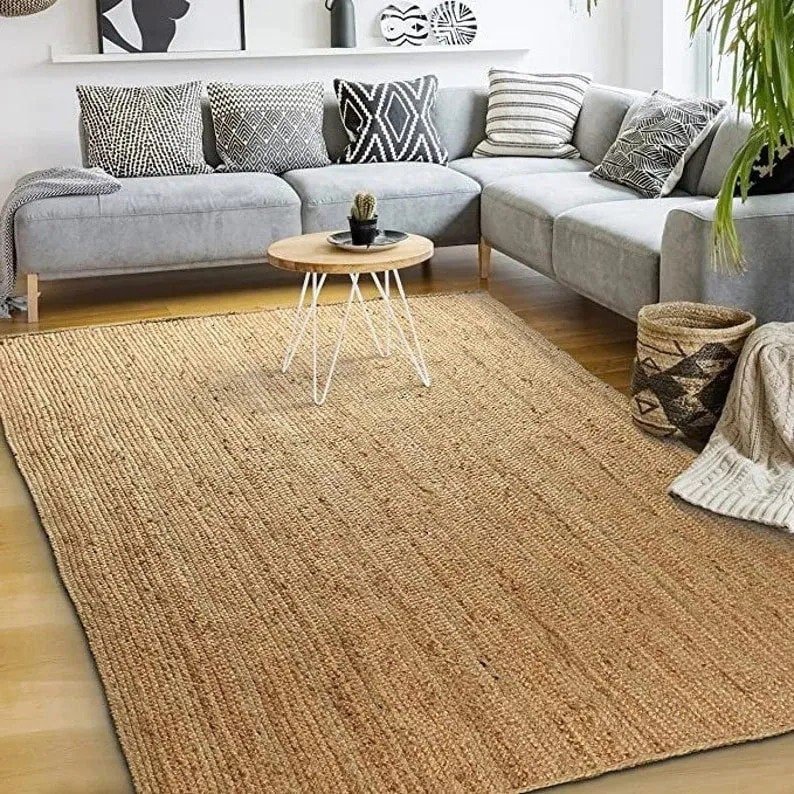
Jute Area Rugs Collection
Bring natural beauty and timeless style into your home with our jute area rugs. Durable, eco-friendly, and effortlessly elegant.
Natural fiber jute rug
Price range: $198.90 through $1,381.90Black border hemp and jute area rug
Price range: $123.90 through $1,389.90Tan hemp and jute rug
Price range: $123.90 through $1,389.90


